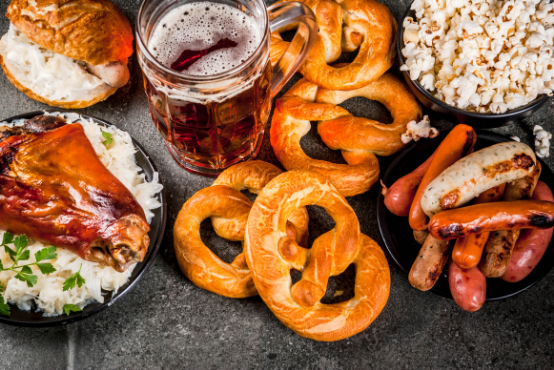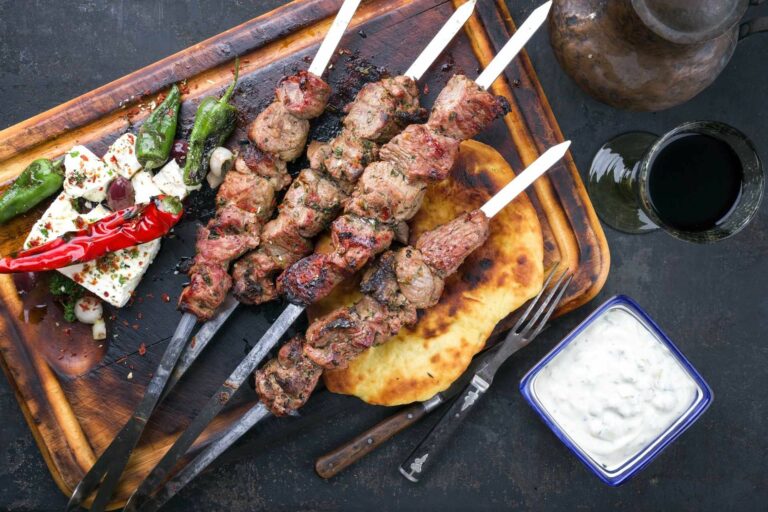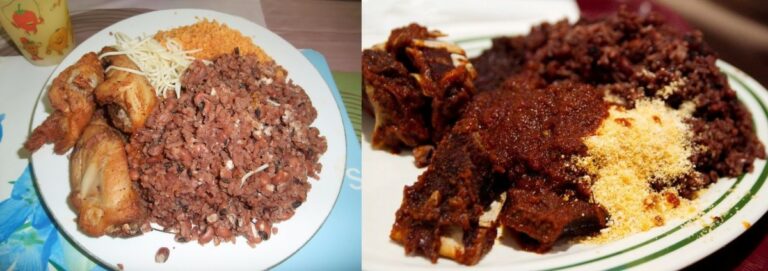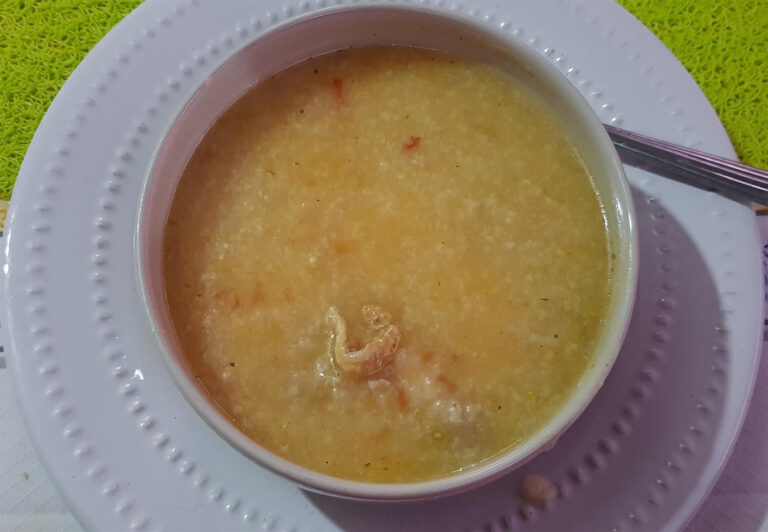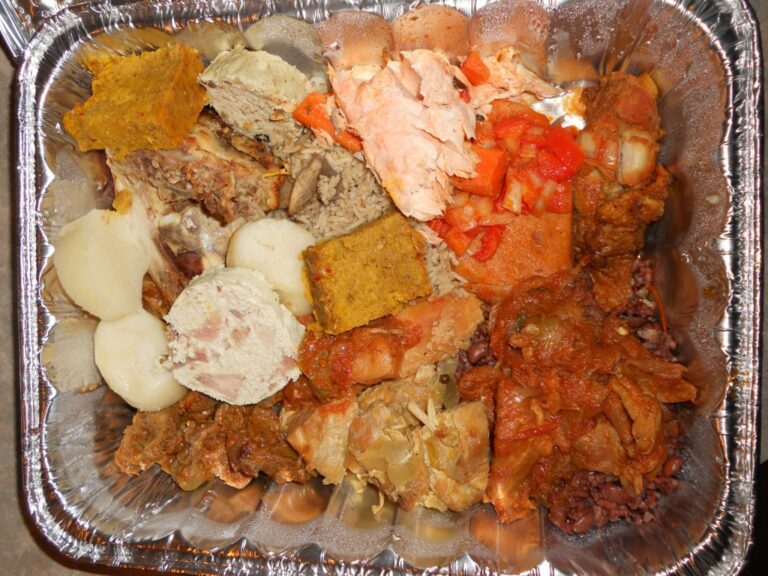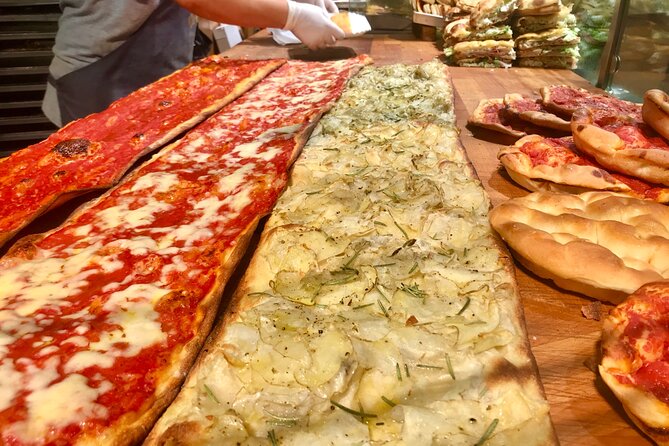Introduction: Gabonese Cuisine
Gabonese cuisine is a reflection of the country’s diverse cultural heritage and geographical features. Located in Central Africa, Gabon is home to over 40 ethnic groups, each with its own unique culinary tradition. Gabonese cuisine is a blend of traditional African dishes with French, Portuguese, and other European influences. The country’s abundant natural resources, including tropical fruits, vegetables, and seafood, play a significant role in Gabonese cuisine.
The Diversity of Gabonese Cuisine
Gabonese cuisine is characterized by its richness, variety, and complexity. The cuisine is divided into two main categories: coastal and inland cuisine. Each category has its own unique specialties, ingredients, and cooking techniques. Gabonese cuisine features a wide range of spices, herbs, and seasonings, which give the food its distinct flavor and aroma.
Regional Specialties in Gabonese Cuisine
Gabonese Coastal Cuisine
Gabon’s coastal cuisine is influenced by the Atlantic Ocean and the country’s proximity to other coastal African countries. The cuisine features a variety of seafood dishes, including grilled fish, lobster, crab, and shrimp. The most popular seafood dish in Gabon is called Poulet Nyembwe, which is made with fish cooked in palm oil and spices. The dish is usually served with plantains or cassava.
Gabonese Inland Cuisine
Gabon’s inland cuisine is influenced by the country’s tropical rainforests and savannas. The cuisine features a variety of meat dishes, including beef, pork, and goat. The most popular dish in Gabon’s inland cuisine is called Riz Gras, which is made with rice cooked in tomato, onion, and palm oil sauce with meat and vegetables. Other popular dishes include Maboké, which is made with smoked fish and cassava leaves and Okok, which is made with chicken, vegetables, and ground peanuts.
Conclusion: Discovering Gabonese Cuisine
Gabonese cuisine is a treasure trove of flavors, spices, and culinary traditions. Whether you are a food enthusiast or just looking to explore new cuisines, Gabonese cuisine is sure to delight your taste buds. From the mouth-watering seafood dishes of the coast to the hearty meat dishes of the inland, Gabonese cuisine is a true reflection of the country’s rich cultural heritage and natural resources. So, if you ever have the chance to visit Gabon, make sure to try out some of their regional specialties and discover the beauty of Gabonese cuisine.


